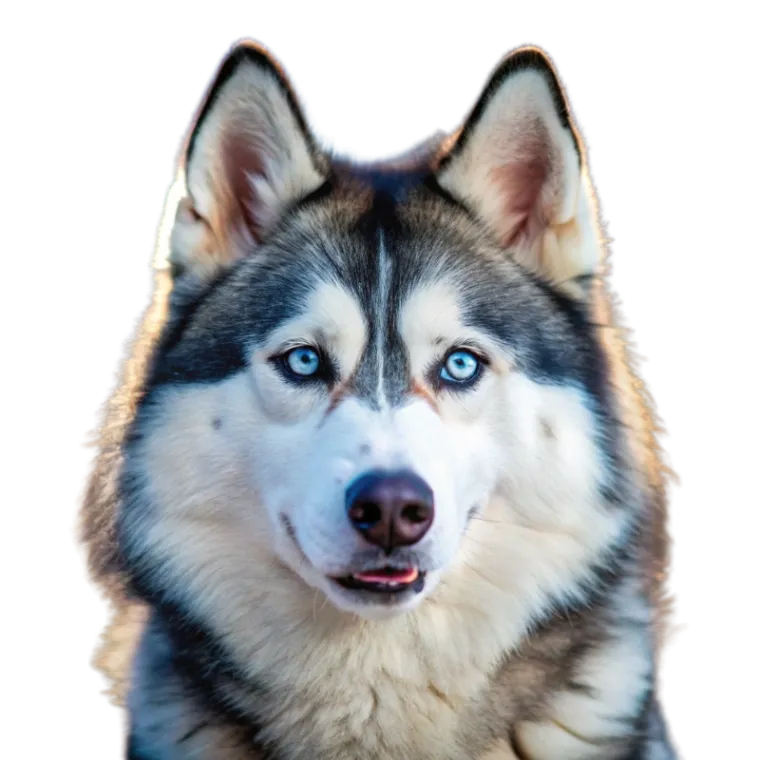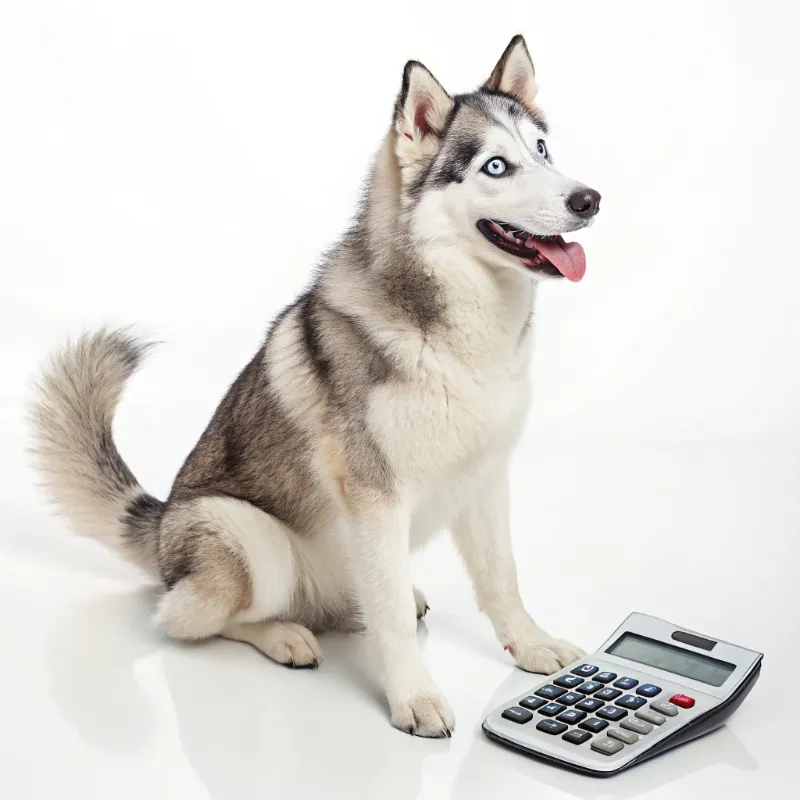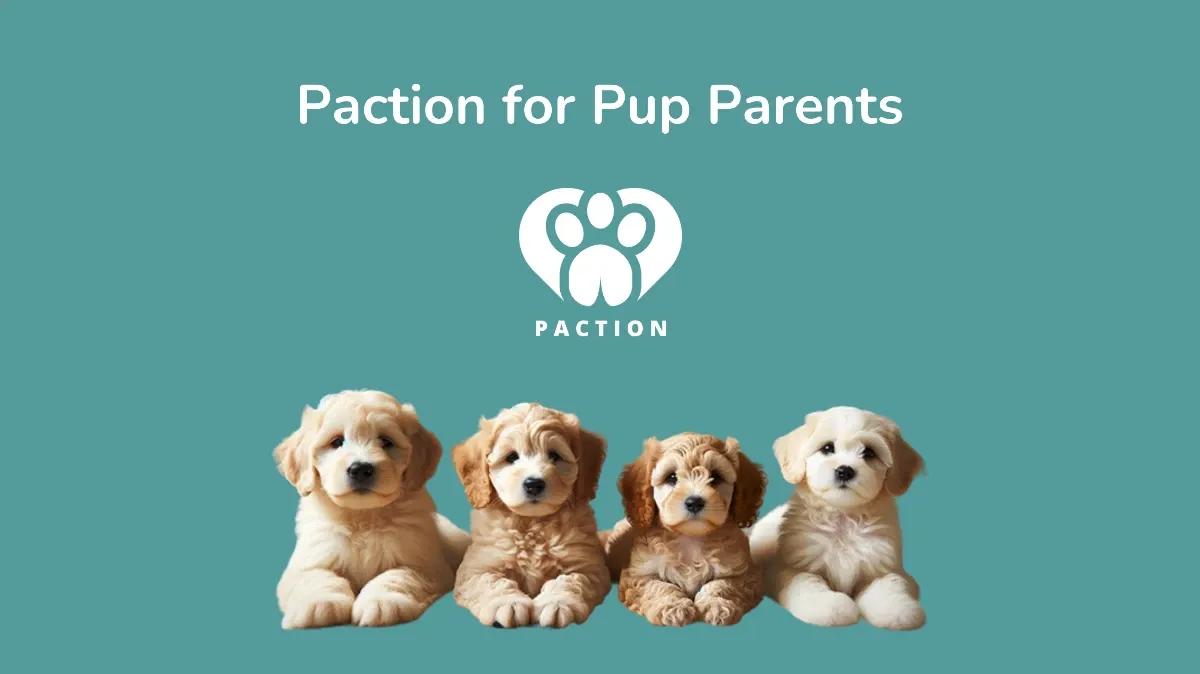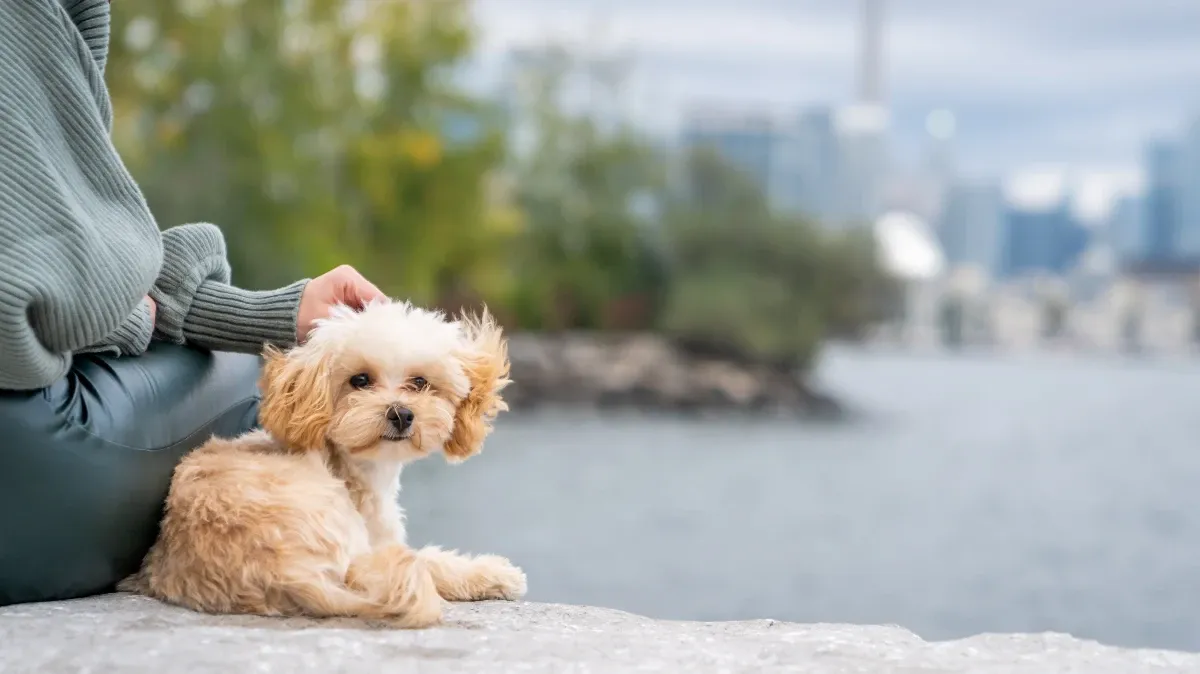Siberian Husky





 Find Reputable Breeders Near You
Find Reputable Breeders Near You
Browse Reputable Breeders who meet Paction's Certification standards.
Search for a PupGet to Know Siberian Huskies
- Sled Dog Heritage: Siberian Huskies were originally bred by the Chukchi people of Siberia as sled dogs to pull loads over long distances in harsh conditions. Their endurance, strength, and resilience made them ideal for this role.
- Striking Appearance: Siberian Huskies are known for their striking appearance, including their almond-shaped eyes, which can be blue, brown, or even one of each (heterochromia). Their thick double coat protects them from extreme cold.
- Energetic and Playful: Huskies are highly energetic and playful dogs that require plenty of exercise to keep them happy and healthy. They enjoy activities like running, hiking, and pulling sleds or carts.
- Independent Nature: Siberian Huskies have an independent and sometimes stubborn nature, which can make them challenging to train. They require a firm, consistent approach and plenty of mental stimulation to prevent boredom.
- Social and Pack-Oriented: Huskies are social animals that enjoy the company of other dogs and people. They have a strong pack mentality and do best in homes where they have plenty of companionship and interaction.
Breed History
The Siberian Husky is a medium-sized working dog breed with a rich history that dates back to the Chukchi people of Siberia, who bred them to pull sleds across vast icy terrains. This ancient breed is known for its endurance, strength, and stamina, making it one of the most well-adapted sled dogs. Huskies were brought to Alaska in the early 20th century for sled dog racing, where their intelligence, agility, and striking wolf-like appearance quickly gained them popularity. Today, the Siberian Husky is cherished as a companion dog, despite its strong working instincts and independent nature.
Personality and Behaviour
- Friendly and Outgoing: Siberian Huskies are known for their friendly, sociable demeanor. They are typically good with strangers and enjoy the company of other dogs. Their outgoing nature makes them great family pets, though they may not be ideal for households where they are left alone for long periods. Huskies thrive on human interaction and can become bored and destructive without enough mental and physical stimulation.
- Playful and Energetic: Huskies are naturally playful and energetic dogs that require a significant amount of exercise to stay healthy and happy. They love running, exploring, and playing games like fetch or tug-of-war. This active breed needs plenty of outdoor space and an environment that can accommodate their high energy levels. Without enough exercise, they may become restless or exhibit undesirable behaviors.
- Independent and Stubborn: Huskies are intelligent dogs with an independent streak. They are known for their problem-solving skills and can sometimes be stubborn or strong-willed. This independent nature can make training a challenge if not approached correctly. Positive reinforcement, consistency, and patience are essential when training a Husky, as they can be more resistant to commands if not motivated by the right incentives.
Care
- Exercise: Siberian Huskies are extremely active dogs that need ample physical activity to maintain their health and prevent behavioral issues. They require daily exercise in the form of long walks, runs, or play sessions that challenge both their body and mind. These dogs enjoy off-leash time and do best in a secure environment where they can roam freely. It’s important to keep them mentally stimulated with toys and interactive games, as they are natural problem solvers and can easily become bored.
- Grooming: Siberian Huskies have a dense, double coat that sheds heavily, especially seasonally. Regular grooming is essential to manage the shedding and keep their coat in good condition. Weekly brushing helps remove loose fur and keeps the skin healthy. Huskies don’t need frequent baths unless they get particularly dirty, as their coats have a natural oil that repels dirt. Regular nail trimming, ear cleaning, and dental care are also important aspects of grooming to maintain their overall health.
- Training and Socialization: Training a Siberian Husky requires patience and consistency, as they have an independent nature and may not always respond to traditional training methods. Positive reinforcement, such as treats and praise, works well with this breed. Early socialization is critical to expose them to different environments, people, and other dogs to prevent shyness or aggression. Huskies need to learn commands and boundaries from an early age to prevent them from becoming dominant or escape-prone.
Siberian Husky Summary
How Much Does It Cost to Own a Siberian Husky Per Year?
Determining the cost of owning a Siberian Husky is essential for responsible dog ownership. Use our calculator to estimate expenses, including food, grooming, veterinary care, and more.
The Ultimate Dog Cost Calculator
 Calculate Now
Calculate Now

